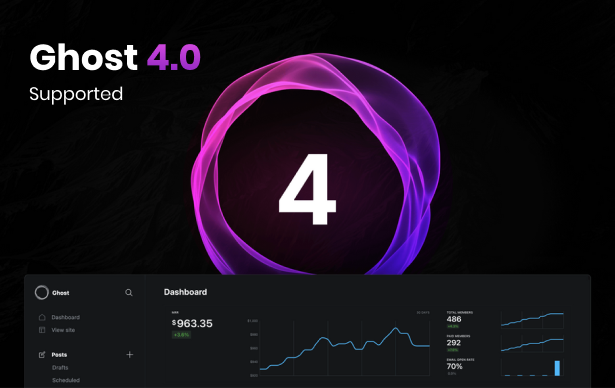So you’ve found the perfect end-user for your domain, negotiated a deal that works for both of you, and you’re onto the final step – payment. This is the most important step in the entire transaction but is oftentimes not treated as such. What happens to many people is that emotion takes over. You finally made the big sale you’ve been waiting for and you are ready to get you money and move-onto the next one!
What you might not realize is that domain thieves are out there and actively prey on the excitement of “making the sale.” Even if you’ve talked to the buyer on the phone, exchanged emails for weeks and setup a video conference call you still could get scammed. Domain purchase scams are easier to implement than almost any other scam in the world which is why as a domain investor you have to be very careful to make sure that your domain is protected.
The purpose of this article is not to scare you – but it is intended to make you aware of the precautions you should take in the payment process. Follow my advice below and you can help ensure that you will have a smooth sales transaction.
1) Use a Contract
Make sure you have the buyer and yourself sign a domain sales contract that clearly states you are selling the domain name to the given company or individual for the specified price. Never sell a domain name to anyone who isn’t willing to complete a contract – this is a HUGE red flag. I’ve sold domains that are worth more than a new BMW; just imagine if you went to the BMW dealership to buy a new car and told them you wouldn’t sign a contract – do you think they would still sell you a car?
2) Don’t Use Pay Pal
Yes – I know in the online world we’re all very comfortable with Pay Pal but don’t use this as a method of payment for domain names. This is the #1 way that domain sellers have their domain names stolen – period. How would someone do this? All a buyer would have to do is pay you for the domain, wait for the domain to transfer, then contact their credit card company and tell them that someone got a hold of their card number and made an illegitimate charge on Pay Pal. The credit card company will reverse the charge and Pay Pal will ask you for the money back.
This leaves the domain seller in a terrible position. Since you sold an intangible asset with no title there is really no way to prove you sold the domain and Pay Pal doesn’t care anyways – they want their money back. There are almost no laws governing domain ownership so having a contract is essential to prove you made a sale at all! That being said if a credit card company tells Pay Pal they want their money back – Pay Pal will in turn as for their money back from you. Neither Pay Pal or your registrar can do much for you here since you did authorize the domain transfer.
3) Use an Escrow Service
An escrow service is absolutely one of the easiest ways to conduct a secure domain name sale. This works by transferring your domain name to the escrow service rather than directly to the buyer. The buyer must transfer their money to the escrow service in order for the domain to be transferred to them. I would highly recommend using Escrow.com which is probably the most well-known and reliable escrow service in the domaining world.
Congratulations – you are now ready to find an end-user, hook them with a great sales letter, and complete a safe and secure domain sales transaction! If you didn’t read the first two parts of this article you should read them right-away because you’ve hopped in at the end!
Selling Your Domains to End-Users: Part 1
Selling Your Domains to End-Users: Part 2



